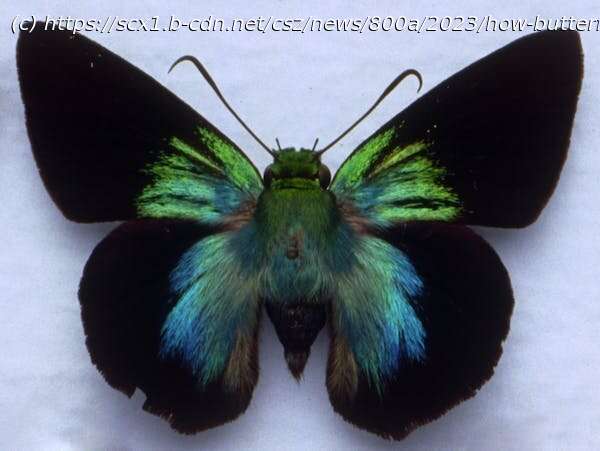How old are butterflies, and where did they evolve? And perhaps more importantly, how and when did they reach the isolated continent of Australia?
How old are butterflies, and where did they evolve? And perhaps more importantly, how and when did they reach the isolated continent of Australia?
Answers to these simple questions have baffled scientists for decades. Until recently we had very little idea when butterflies evolved, and hypotheses concerning their place of origin were largely educated guesses.
In recent years, however, several studies have indicated butterflies most likely arose sometime during the Cretaceous period, when dinosaurs dominated the Earth. Now, an international collaboration (of which I am a member) has placed the time of origin much more precisely: 101.4 million years ago, give or take 1.2 million years.
These early butterflies were different from nocturnal moths, their ancestors. They flew during the day, rather than at night, and were attracted to brightly colored flowers for their rich nectar.
To reach this conclusion, researchers from dozens of countries needed to construct the world’s largest «family tree» of butterfly species. This tree of life was assembled with DNA from 2,244 species representing all butterfly families and 92% of genera.
There are roughly 19,000 butterfly species in the world, and piecing together the 100-million-year history of the group required assembling the world’s largest dataset of butterfly DNA sequences, geographical distributions and larval host plants.
Underlying the analysis were 11 rare butterfly fossils, without which the analysis would have been impossible.






